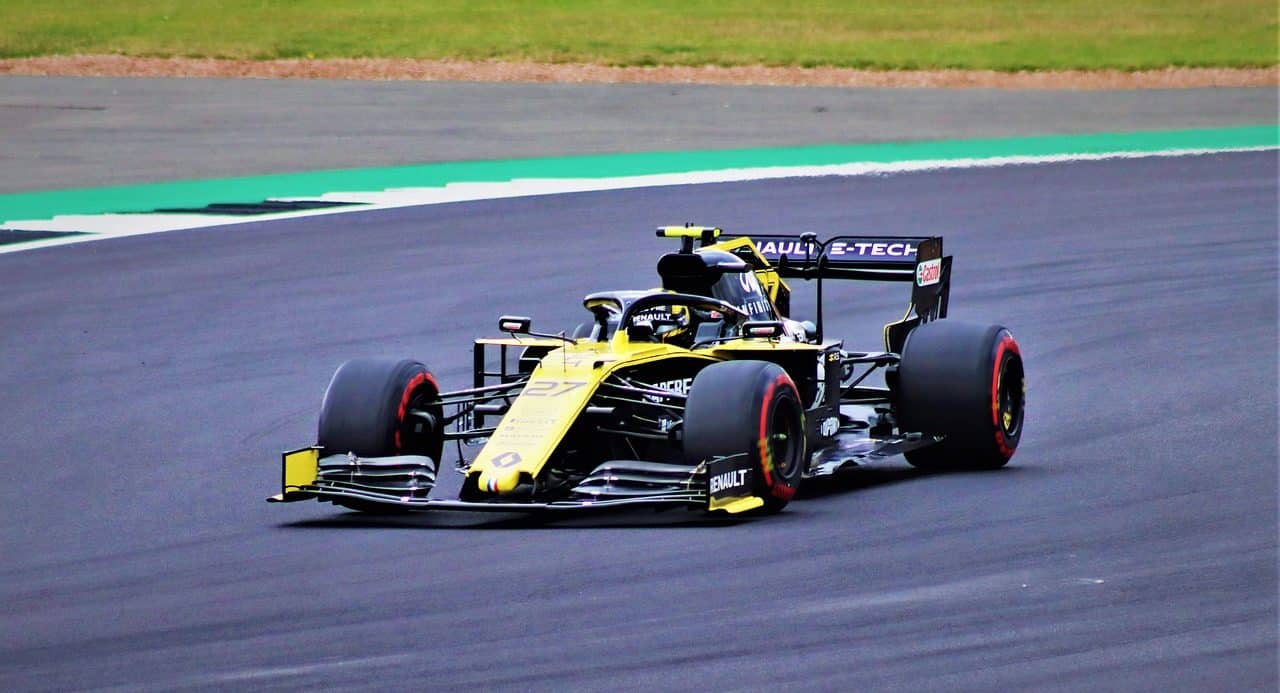
The pole is the first position on the starting grid of an automobile competition.
The pole is the first position on the starting grid of a race. The notion, whose full name is pole position, can be translated as “pole position” and is reserved for the competitor who achieves the best time in the classification tests.
If you look for the term pole in the dictionary prepared by the Royal Spanish Academy (RAE) , however, you will not find it. The concept comes from the English language, although it is widely used in our language in the field of certain sports competitions.
For example: “Fernando Alonso made the pole with a time of one minute and thirty-four seconds in his fastest lap” , “The German racer retires with a record of seventy-three grand prix wins and ninety-four pole positions” , “Achieving pole does not guarantee anything, since it is a very long and hard race.”
The advantage of achieving pole
Occupying pole is an advantage for the rider because it allows him to start before the rest of the competitors.
That advantage , however, is usually not too important: it is likely that, as the laps go by, the competitors begin to surpass themselves or lose positions, as the case may be.
a type of dance
Pole dancing , on the other hand, is an artistic discipline known as “pole dancing.” The performance involves dancers performing various movements, usually sensual, around a vertical pole. Depending on the area in which it is carried out, pole dancing may include a striptease (the act of slowly removing clothing).
The origin of pole dancing takes us back to the 80s , in England . Although this concept is usually associated with erotic dances that take place in nightclubs, pipe dancing (also called pole, pole and American pole dancing) has its place in the artistic field and can be used to demonstrate skill in circuses, where the bar is a main element of certain acrobatic acts .

Pole dancing is known as pole dancing.
The pipe in pole dancing
Regarding the pipe used in pole dancing, there are various types. On the one hand there is the simplest version, which consists of a hollow tube made of steel that can extend from the floor to the ceiling to achieve greater stability, although in some places, where the ceiling is too high, it is simply fixed to the floor. Its diameter usually has a maximum of 5 centimeters and a minimum of 4.5 centimeters.
The show pipe, used for certain shows, can produce visual effects ; The material used for their manufacture is plastic and they are filled with components such as glitter and water, so that, together with adequate lighting, they generate various types of reflections. It is less resistant than steel, which is why it is not suitable for very risky acrobatic tests.
The training
Certain types of pole dancing require a lot of endurance and strength, which are partly achieved through hard training that cannot be interrupted during the dancers' active time. Some of the movements performed in this dance class are turns, body inversions, and lifts, all while holding the pole with one or both hands. It is a very demanding discipline, which takes time to master since you must have good balance control and well-developed muscles in the abdominals and extremities.
Currently, pole dancing is recognized as another type of exercise, which is not always related to eroticism, and in fact can be used as a form of anaerobic and aerobic gymnastics in sessions. So much so that many major gymnastics schools have added it to their program, something that benefits them since it is a very popular style.
On the other hand, some consider pole dancing a performing art, based on examples such as its role in the repertoire of Cirque du Soleil . There, acrobats perform impressive movements using one or two pipes.
